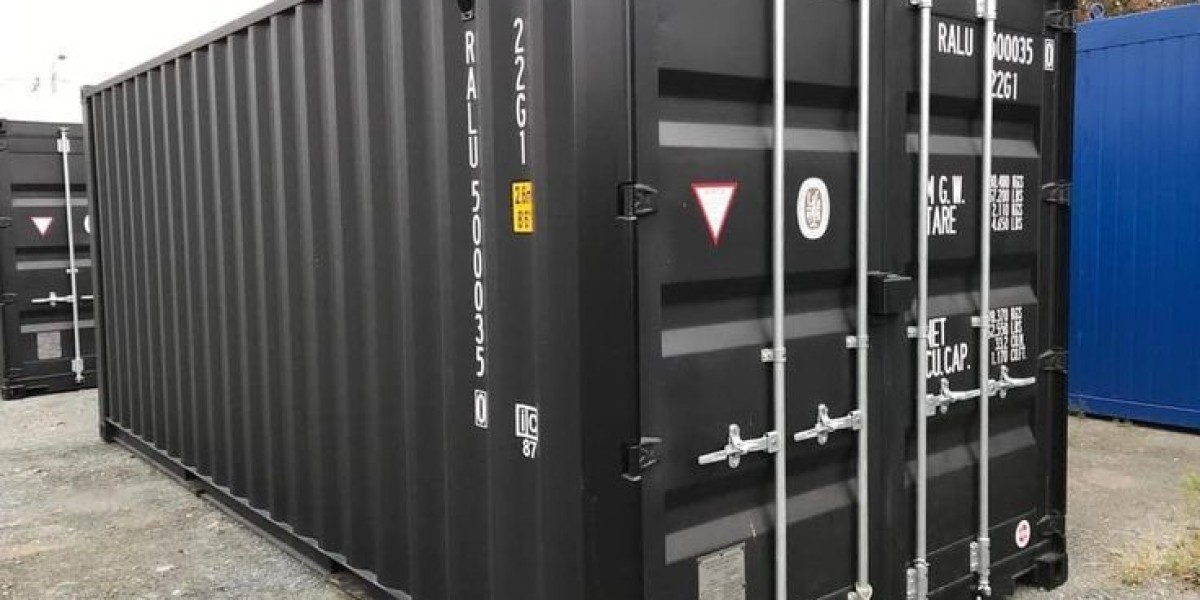Why Reflective Clothing is Essential
Reflective clothing serves a vital purpose in many workplaces, especially in environments where visibility is compromised. Here are some key reasons why reflective clothing is necessary:
1. Increased Visibility in Low-Light Conditions
Reflective clothing is designed to catch and reflect light, making workers more visible to others, especially in dimly lit or nighttime settings. This feature is especially critical for those working near moving vehicles or heavy machinery.
2. Enhanced Worker Protection
In workplaces where the risk of accidents is high due to machinery, vehicles, or hazardous environments, reflective clothing helps minimize the likelihood of collisions. Workers wearing reflective clothing are easier to spot, which allows others to avoid them, especially in busy areas.
3. Improved Communication
In certain work environments, such as road construction or emergency response teams, reflective clothing provides a visual signal that workers are present and active. This can prevent accidents by alerting others to their positions, reducing confusion or miscommunication.
4. Legal Compliance
Various industries are governed by strict safety standards that require the use of reflective clothing. For example, workers in construction, transportation, and emergency response are often legally required to wear high-visibility gear to comply with safety regulations and avoid penalties.
5. Reducing Workplace Accidents
Studies have shown that workers who wear reflective clothing are less likely to be involved in accidents. High-visibility clothing helps to ensure that workers are seen, even in adverse weather conditions such as fog, rain, or snow, which can impair vision.
Key Features of Reflective Clothing
Reflective clothing is not a one-size-fits-all solution. It is tailored to specific workplace needs and can vary based on materials, design, and intended use. Here are some of the main features of reflective clothing:
1. Reflective Materials
Reflective materials are made from tiny glass beads or microprisms that reflect light. These materials are often integrated into clothing to enhance visibility in low-light environments. The more reflective the material, the higher the visibility it offers.
2. Bright, Fluorescent Colors
Reflective clothing is often made from bright, fluorescent fabrics (such as yellow, orange, or red) to catch attention during the day or in brightly lit areas. These colors are designed to stand out against natural backgrounds, improving daytime visibility.
3. Reflective Stripes or Tape
Reflective stripes or tape are added to clothing to enhance its visibility at night or in low-light conditions. These tapes are typically placed in areas that need maximum visibility, such as around the torso, arms, and legs. The stripes are designed to reflect headlights, streetlights, or any other light source back to its origin.
4. Weather Resistance
Many reflective clothing options are designed to be durable and weather-resistant. For example, rain jackets, vests, or trousers are made from water-resistant or waterproof materials, ensuring that workers are protected from the elements while maintaining visibility.
5. Breathability and Comfort
While the primary purpose of reflective clothing is safety, comfort is also important. Many high-visibility garments are designed to be breathable, lightweight, and comfortable, allowing workers to wear them for extended periods without discomfort.
Types of Reflective Clothing
Reflective clothing comes in a variety of types, each tailored to the specific needs of different industries and environments. Below are some common types of reflective clothing:
1. High-Visibility Vests
High-visibility vests are one of the most common forms of reflective clothing. They are lightweight and often worn over existing clothing, making them easy to put on and remove. These vests are frequently worn in construction, traffic management, and event security.
Key Features:
- Lightweight and easy to wear
- Can be worn over other clothing
- Available in various sizes and colors
- Reflective strips for enhanced visibility
2. Reflective Jackets and Outerwear
Reflective jackets are ideal for workers who need protection from the weather in addition to visibility. These jackets are typically designed for outdoor workers who operate in rainy, snowy, or windy conditions, such as road crews, delivery drivers, and emergency responders.
Key Features:
- Waterproof and insulated materials
- Reflective elements on sleeves, shoulders, and back
- Wind-resistant and comfortable for long shifts
3. Reflective Trousers and Overalls
Reflective trousers or overalls provide full-body visibility and protection for workers in hazardous environments. These garments are commonly worn in industries like construction, mining, and warehousing, where workers need to move freely while remaining visible.
Key Features:
- Available in full-coverage designs or as bib overalls
- Reflective tape placed on legs for visibility
- Durable fabric resistant to wear and tear
4. Reflective Work Shirts
Reflective work shirts are ideal for workers in environments where high-visibility is necessary during the day. These shirts are commonly worn in warehouses, road construction, and airport ground crews, offering both comfort and safety.
Key Features:
- Bright fluorescent colors
- Reflective stripes on the chest, sleeves, or back
- Lightweight and breathable for warm weather
5. Reflective Headwear
Reflective headwear, such as hats, caps, or hard hats, enhances the visibility of workers in areas with overhead risks. These are often worn by construction workers, utility workers, and traffic management personnel to ensure full visibility.
Key Features:
- Reflective bands or patches on hats or helmets
- Protection against the sun, rain, or impact
- Designed to fit securely and comfortably
How to Choose the Right Reflective Clothing
Selecting the right reflective clothing depends on the work environment and the level of visibility required. Here are some important factors to consider when choosing reflective gear:
1. Industry Requirements
Certain industries have specific regulations regarding reflective clothing. Always check local safety guidelines or industry standards, such as those set by OSHA (Occupational Safety and Health Administration) or ANSI (American National Standards Institute), to ensure compliance.
2. Level of Visibility
The level of visibility required will depend on the nature of the job. For high-risk environments like highways or airports, garments with high visibility, including multiple reflective strips, may be necessary. In lower-risk environments, a simple reflective vest might suffice.
3. Comfort and Fit
Since reflective clothing is often worn for extended hours, comfort is key. Look for clothing that fits properly and allows for movement. Ensure that the gear is breathable and designed for all-day wear.
4. Weather Protection
For outdoor workers, ensure the reflective clothing also provides adequate weather protection. Choose options that are waterproof or insulated for cold conditions, depending on your specific needs.
5. Durability
Reflective clothing should be durable enough to withstand the wear and tear of daily tasks. Look for garments made from strong, high-quality materials that will last over time without compromising on visibility.
Conclusion
Reflective clothing is an indispensable part of workplace safety, particularly in environments with low visibility or high traffic. By enhancing visibility, preventing accidents, and ensuring compliance with safety standards, reflective gear protects workers and keeps them safe. Whether it's high-visibility vests, reflective jackets, or full-body suits, selecting the appropriate gear ensures workers are seen and safe in all conditions. Prioritizing reflective clothing in safety programs is an investment in both employee well-being and overall operational success.









